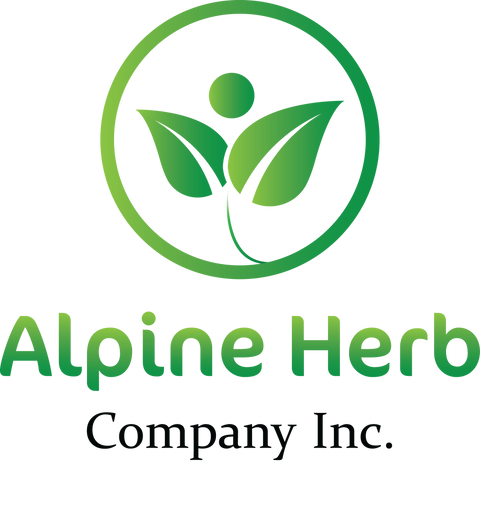Prickly Ash Bark Cut (Southern)
Botanical Name: Zanthoxylum Clava-Herculis
Common Name:
- English: Angelica Tree, Clavalier,
- Also, Known As: Clavalier d'Amérique, Clavalier à Feuilles de Frêne, Clavalier Frêne, Frêne Épineux, Frêne Épineux du Nord, Fresno Espinoso Americano, Pepper Wood, Prickly Ash, Toothache Bark, Xanthoxylum, Yellow Wood, Zanthoxylum, Zanthoxylum americanum
Origin: USA
Harvested: Wild
Part used: Bark
General Information:
Northern prickly ash (Zanthoxylum Clava-Herculis) is a woody shrub native to North America. Native American healers used its bark and berries as medicine. Zanthoxylum clava-herculis, commonly known as the Southern Prickly Ash or Hercules' Club, is a striking medicinal shrub native to the southeastern United States. Recognized for its spiny bark and aromatic properties, it has been traditionally used by Native American and folk healers for its powerful analgesic, circulatory, and digestive benefits. Sometimes called the "Toothache Tree," its bark and berries produce a numbing sensation and have long been used to ease tooth pain and gum irritation. Rich in bioactive compounds, Zanthoxylum clava-herculis supports healthy blood flow, reduces inflammation, and serves as a valuable botanical ally in natural wellness practices.
How to use:
Hot Infusion:
The basic method for dried herbs and flower is, take 2-3 tablespoons of dried herb in a cup of teapot. Pour hot water over it and cover it with lid for 10-30 minutes. Hot water is needed to draw out the antioxidants, enzymes, vitamins, flavonoids, and volatile oils from the botanicals. Strain and squeeze out as much as liquid as possible and enjoy!
Tips:
- You can sweeten your herbal tea with bit of honey, natural fruit juice, stevia leaves powder and or licorice root powder.
- You can make ice cubes or pops by freezing tea in ice tray or pop molds.
Precautions:
You should consult with a qualified healthcare practitioner before using any herbal products, particularly if you are pregnant, nursing, or on any medications.
All information on this website is for educational purpose ONLY
This information has not been evaluated by Health Canada.
This information is not intended to diagnose, treat, cure, or prevent any disease.


